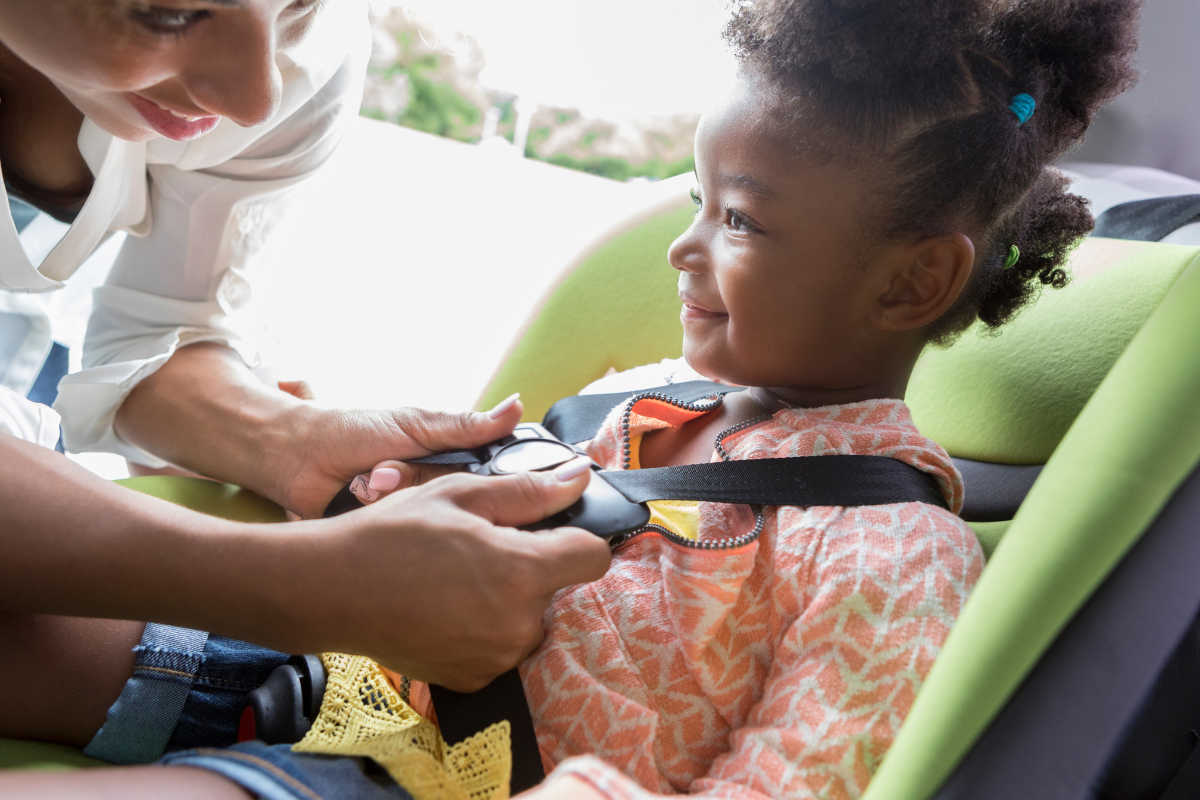Ensuring a Safe Ride: The Critical Role of Booster Seats for Child Car Safety

As guardians, our top priority is safeguarding our children in every aspect of life, especially during car travel. One of the most essential safety measures is the use of an appropriate booster seat to protect our young passengers. The team at Goldman, Tiseo & Sturges, P.A. emphasizes the significance of understanding and adhering to the recommended height and weight guidelines for booster seats to ensure the safety of children on the road.
Height and Weight Thresholds for Booster Seats
Booster seats are the bridge between a child-size car seat and the adult seat belt system. These seats make sure that the car's seat belts are positioned correctly on a child's body, crucial to minimizing injury in case of an accident. Ensuring your child meets the booster seat manufacturer's specified height and weight requirements is imperative.
Although age can be a helpful indicator, growth patterns vary greatly among children, so height and weight are the definitive criteria for booster seat usage. Most children are ready to transition out of a booster seat between the ages of 8 to 12 years, typically when they reach 4 feet 9 inches in height.
Different Types of Booster Seats
Choosing the right booster seat can have a pivotal impact on a child's safety. There are several types available:
- High-back belt-positioning boosters offer head and neck support and ensure correct seatbelt alignment.
- Backless boosters elevate a child to the proper height for a seatbelt but are only advisable if the vehicle's seats offer adequate head support.
- Combination boosters come with a harness that can be removed as the child grows.
- All-in-one seats transition from a rear-facing seat to a forward-facing seat with a harness, then to a booster seat.
Keeping Children Safe on Every Journey
Regardless of where the road takes you, whether it's a short trip to the store or a lengthier family outing, the focus on car safety is non-negotiable. Regularly inspecting the fit of your child's booster seat and ensuring that all straps and buckles are properly adjusted is essential for maintaining optimal protection.
In Florida, traffic laws are in place to safeguard our youngest passengers. Florida Statute § 316.613 is clear on the necessity for children to be restrained in a manner corresponding to their growth stages, including the particular requirements for booster seats.
In Case of an Accident
In the unfortunate event of a car accident involving a young passenger in a booster seat, timely and expert legal intervention can help handle the complexities of the situation. Goldman, Tiseo & Sturges, P.A. offers compassionate and specialized legal support to assist families during such challenging times.
Ensuring your child's car safety via the correct use of booster seats not only complies with legal standards but also embodies the commitment of every parent to the well-being of their child. If you have any questions about child car safety or require legal support after an accident, do not hesitate to reach out to us at Goldman, Tiseo & Sturges, P.A.
Share This Post:






